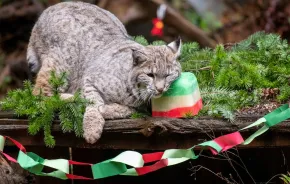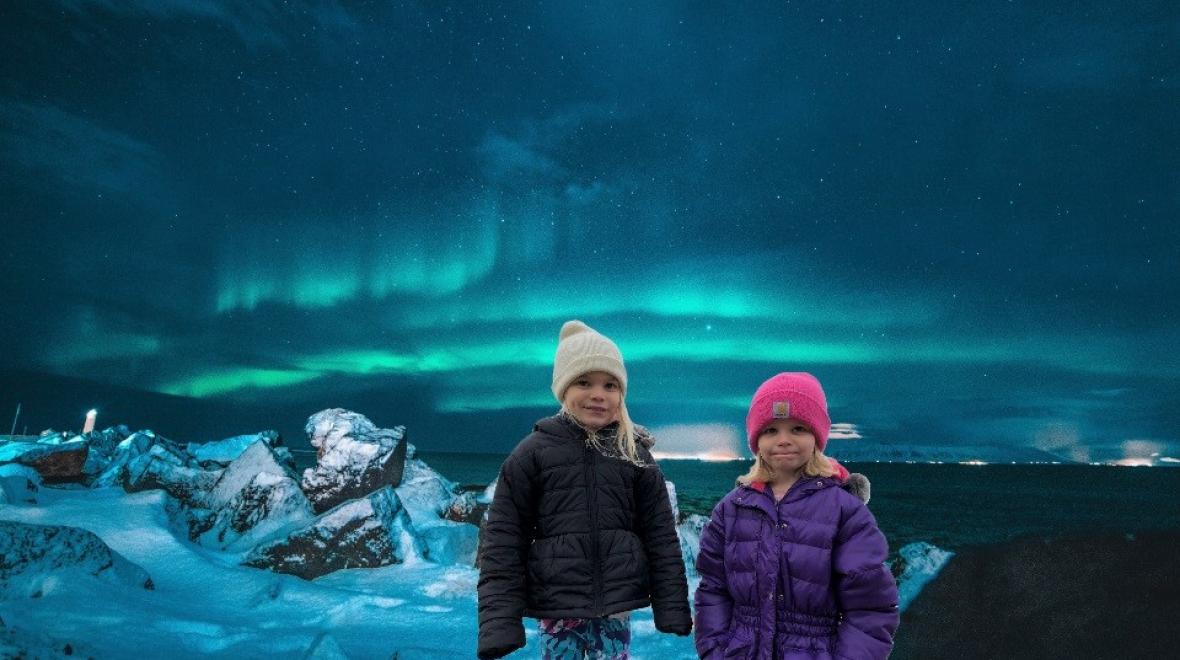
Photo:
The author's daughters explore the Northern Lights as seen from Iceland with this photoshopped image. Credit: Catherine Ryan Gregory
If you’re anything like me, you’re hungry to travel. You might be getting tempting offers from airlines (“Fly around the world for 27 cents!!!”). And you may be eager to make up for last year’s canceled plans.
But I’m also betting your passport remains safely tucked in its drawer, thanks to the ongoing pandemic.
Yet, I’ve found that teaching my own kids — Edie, age 7, and Maxine, age 5 — about the world is more important than ever. The problems we face today and tomorrow will require a new generation of compassionate, persistent, creative critical thinkers who understand their connection to the larger world. (No pressure, right?)
But tacking on even more hours of academics to your kids’ Zoom-filled schedules is no fun for anyone. That’s why I wrote a book called “Virtual Travel Activities for Kids.” In it, I describe more than 200 no-prep activities for learning about other cultures and places — all through play. (I also incorporate subjects like math, science, art and language, just like I sometimes sneak cauliflower into my kids’ mac ‘n’ cheese. Shh!)
I've picked out some of our family’s favorite activities to share with you here. Just pick a country your family wants to learn about and match it with any activity below. You can repeat or tweak the activities for different countries, over and over again. So, until it’s safe to sate your wanderlust in person, go ahead and explore from home. Bon voyage!
1. Tourism board
Learn about an extreme place in a country — the hottest, highest, or other -est spot. Then write a script and record a commercial encouraging people to visit that place. (This gets really silly when you pick a place that would not be a great tourism spot, such as the inside of a volcano or a deep-sea trench!) What should visitors wear, bring or do there? Why should they plan a trip there?
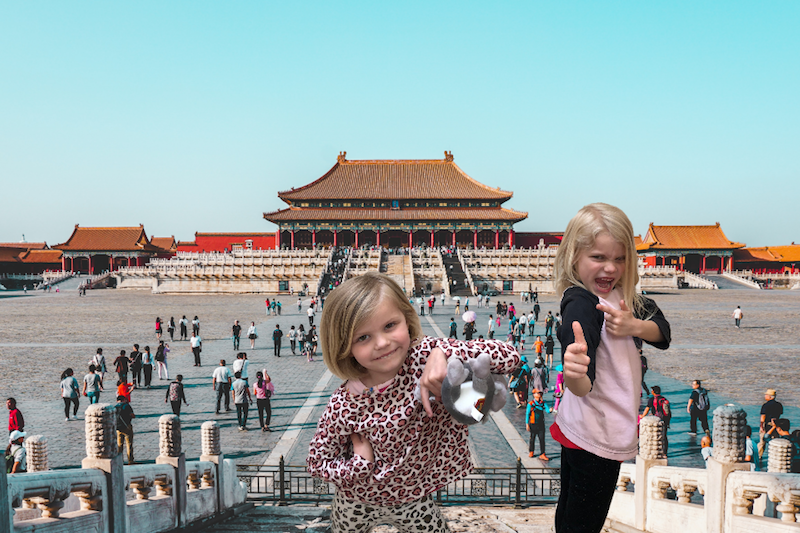
2. Audio guide
Start by hunting for sounds common to your country. You can search “[name of country] soundscape” and “[country] background noise audio,” or look through the easy-to-navigate Cities and Memory site. Can you find recordings from different areas of the country? How do they differ? Do your best to pinpoint on a map where the recordings were made and identify what’s making the sounds — monkeys, waves, a dump truck?
Next, create a sound map of your own. Quietly walk around your neighborhood or your house, drawing a map as you go (streets, landmarks, rooms, etc.). Mark your map with the sounds you hear. Choose a symbol for each kind of sound (lawnmower, birdsong, humming of appliances) and create a key so someone else could read the map, too.
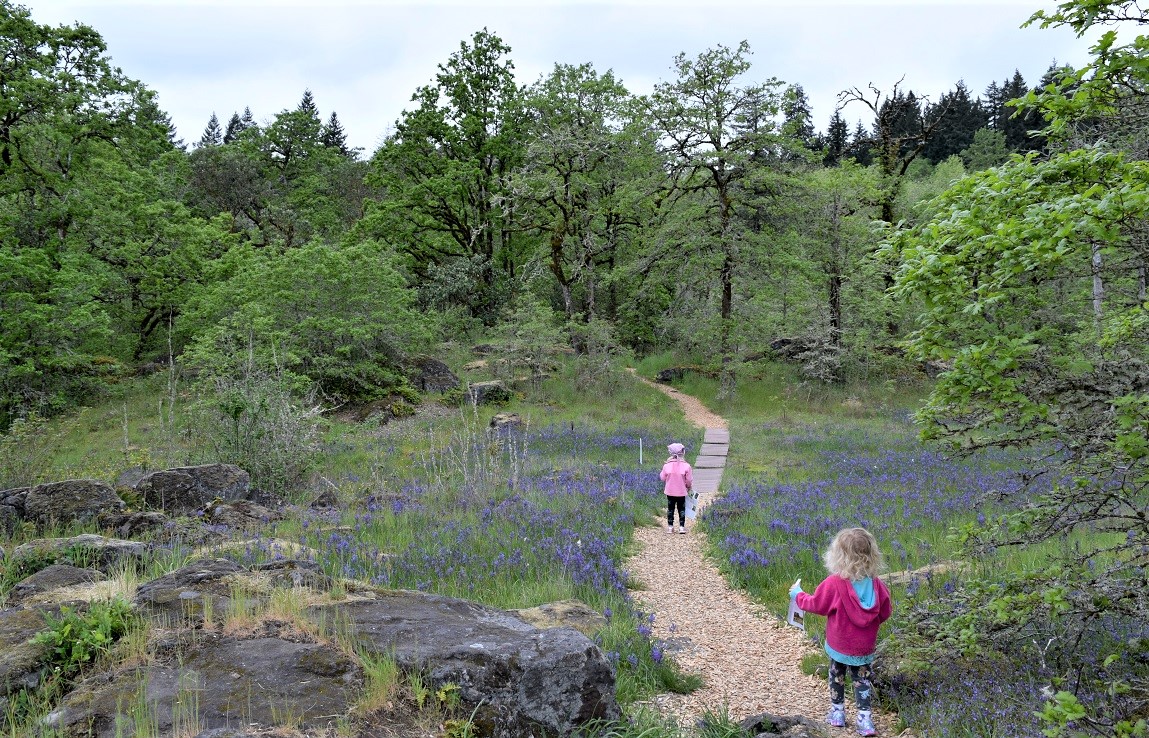
3. Get in shape
Look at a picture of a famous landmark in your selected country. Print out a picture of the landmark and, using a thick marker, outline the different shapes it can be broken into.
On a separate piece of paper, use a pencil to sketch the landmark by drawing the basic shapes you identified. Use pen or colors to add details and erase the pencil marks, making it look like the original landmark.
Finally, invent a yoga pose in which your body makes a shape similar to the landmark. Name each yoga pose for the building or monument it resembles.
4. Follow in their footsteps
Learn about an animal that lives in the country of your choice and the animal's habitat. Search online for an image of the animal’s foot. Next, cut a potato in half. Draw the animal’s footprint on the flat inside part of the potato. Have a grownup cut away everything except the footprint. Then dip the potato in ink and stamp your animal’s footprint on a piece of art.
Or take it outside! Glue objects onto a small block of wood to create the shape of the animal’s footprint. A bottlecap could be a round toe, a Lego could be a straight claw, and a bead could work for an animal with tiny feet. Then go outside and stamp the ground (soft, somewhat wet dirt works best) to make tracks.
5. Downtown-opoly
Begin by picking a city in your chosen country. Learn about its downtown or city center: What cultural attractions do you find there? What kind of businesses? What parks, landmarks or monuments?
Fill in each square of a basic board game template with something special about the downtown (search for template online or try this EdGames site). Also include squares that make the game more interesting, such as lose a turn (“Oh no, traffic!”) or go back two spaces (“Ugh, subway detour”). Who can cross the city the quickest?
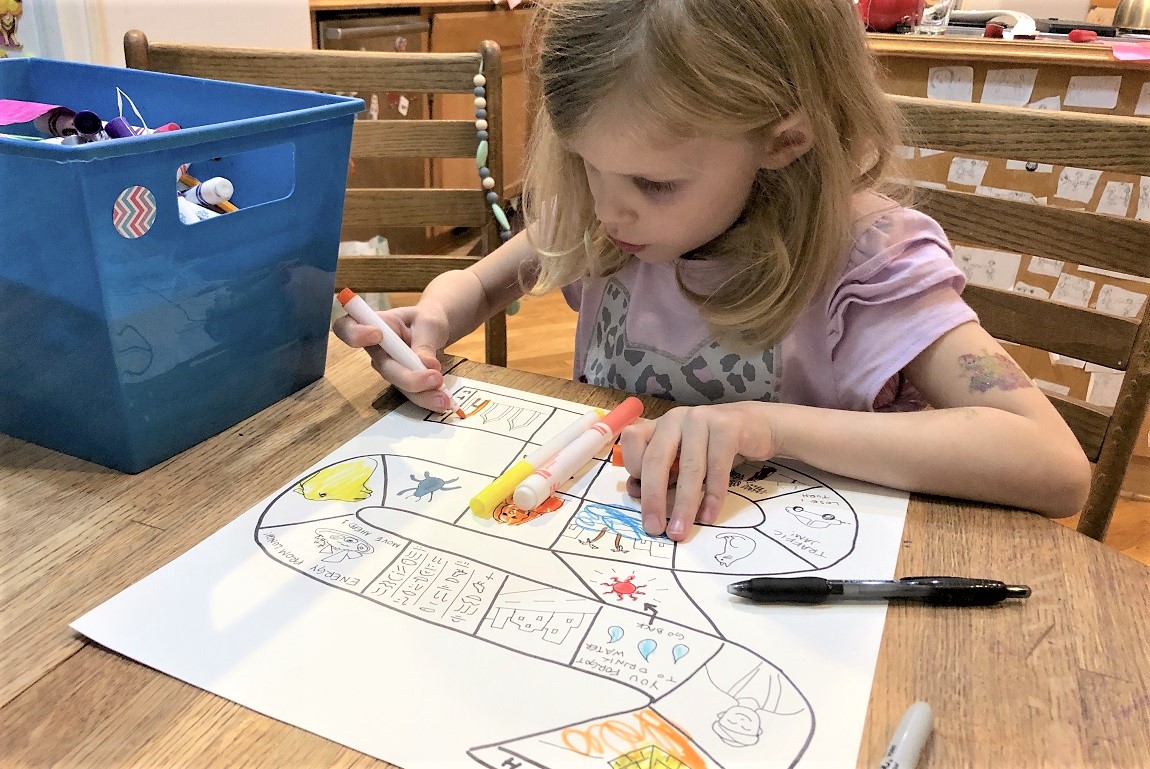
6. The art of place
Take a virtual tour of an art museum in your chosen country and pick a piece of art that depicts a landscape, city or landmark there. Compare it to a photograph or video of that place. What’s similar? What’s different? Then paint or draw your own version.
Next, find a piece of art that portrays an important moment in this country’s history. Talk about what you see in the artwork and what you think happened. Then read a historical summary or watch a video about that event. Do your prediction and the real history match?
7. A trip down memory lane
Try a virtual version of “heritage tourism,” which helps you get to know a place that’s important in your family history.
Start by brainstorming locations within one country that are significant in your family tree. (Ask relatives for their ideas, too.) What village, city or region did your ancestors come from? Where did they leave from and why? Did they work or go to school in another part of the country or leave the country for a new one? Gather as many specifics as you can.
8. Plan a family history itinerary
Imagine you were in the town or country of some of your ancestors. Where would you want to visit? Mark the locations on a map. Explore these sites through videos, virtual tours, satellite and street views on Google Maps. To find photos, search “[name of place] historical photos.”
Then put together a scrapbook detailing your virtual trip. You can print photos of the places, write notes about what you did and the lessons you learned, and even make your own tickets, receipts or other bits of “evidence” of the adventure.
9. Ready, set, hunt!
Download and print the scavenger hunt printable found at my site, ToAndFroFam.com/virtual, or make one of your own with open-ended clues (such as “surprising” or “huge”).
Your kids will follow their curiosity by seeking out videos, books, news sites and the like about their chosen country. As they explore, they’ll find places, people or facts that answer their scavenger hunt clues.
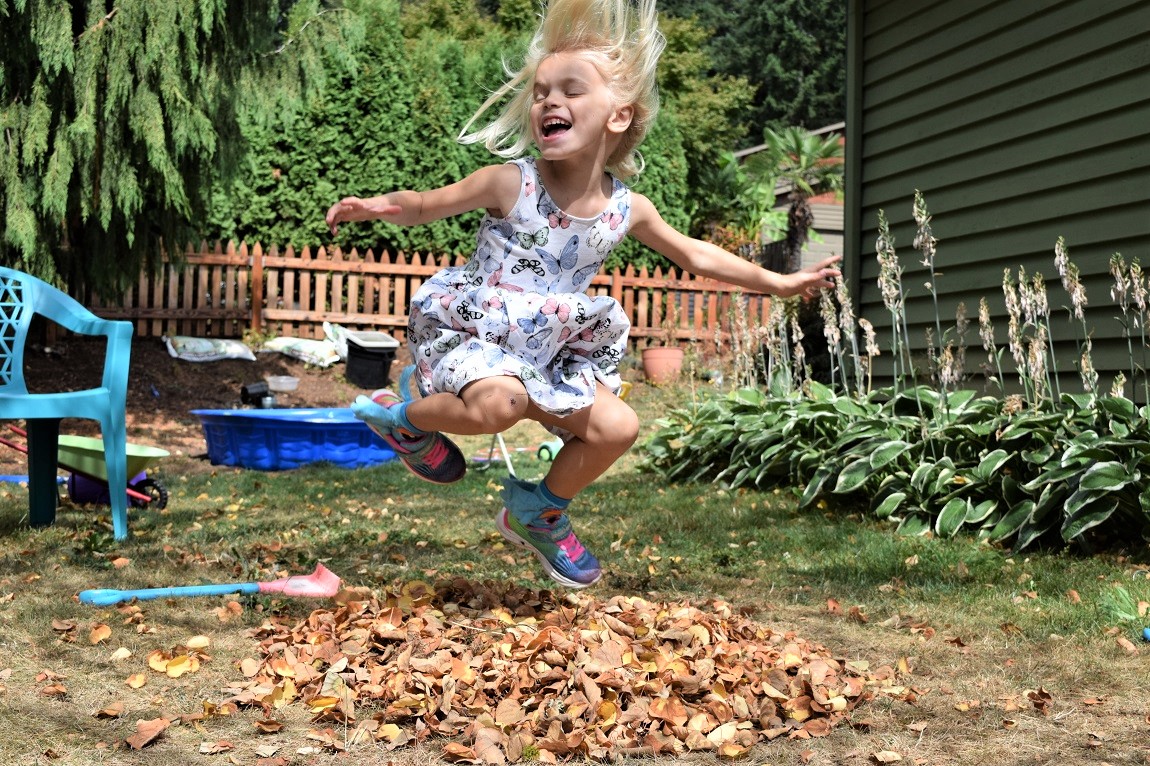
10. Raise your ranking
Start the morning with a survey: On a scale of 0–10, how happy does each of your family members feel? For each person, plot their “happiness score” number on a bar graph.
Next, take inspiration from a country that ranks in the annual World Happiness Report. Notice the reasons given by locals and experts for the above-average happiness there. Incorporate one of those factors (exercise, gratitude, sunshine?) into your day as much as you can.
In the evening, take the survey again. What is everyone’s happiness score now? Mark your post-experiment scores on the bar graph in another color. Together, share how focusing on a particular happiness factor affected your day. What about this country’s geography or culture makes happy habits easier to adopt? How happy do you think you’d be living in this country?
Bonus: Olympic home games
Start by making uniforms or bibs for your team that will represent your chosen country. Then pick three sports to compete in — perhaps selecting your country's specialties. Enlist the whole family to play. You might need to adapt the games: Use a hockey puck over clean wood floors for curling, for example. This is part of the fun! Consider if there's something about this country’s geography, climate or culture that might influence its residents’ skill in a certain sport.
When you’re done, play the Olympics theme song and parade around your block, holding flashlights ringed in tissue paper for an Olympic torch stand-in. Finally, your country’s national anthem and award each other medals you made out of jar lids, ribbon and other decorations.
Return to any of these activities as often as you like to “visit” more countries around the world. Enjoy the journey!









